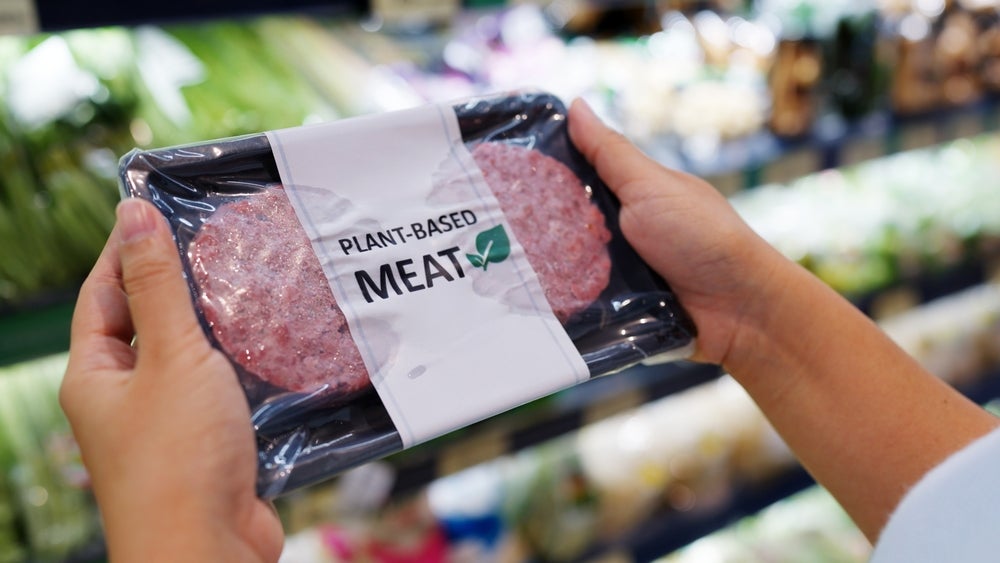
New capabilities with digital printing and smart packaging are transforming the meat packaging industry, benefiting everyone involved, from processors to retailers to consumers.
Thanks to technological advancements, mass-producing digitally printed materials has become cost-effective, enabling the creation of smart and connected packages that revolutionise how meat is packaged and delivered.
Full-colour printing that’s flexible and accessible
The introduction of digital print technology has brought about significant advantages in meat packaging.
Flexible plastic packaging materials can now be adorned with high-quality, full-colour digital images, allowing for faster graphics preparation and changes, shorter lead times and smaller minimum order quantities.
Moreover, the need for line, benday and process print distinctions has been eliminated, simplifying pricing and reducing costs for both manufacturers and consumers.
The flexibility of these technologies extends to where the printing process takes place.
Companies can opt to do the digital printing in-house, optimising the process and minimising waste by printing only what is needed when it is needed.
This not only reduces material costs but also improves inventory management and working capital efficiency.
With graphics changes implemented quickly on the production floor, the entire packaging process becomes more streamlined and cost-effective.
The digital packaging effect on operational efficiencies
Digital packaging has introduced unparalleled operational efficiencies to the meat industry.
By incorporating a unique serialised product code on every package, companies gain the ability to track and trace each product throughout its entire lifecycle.
This level of visibility allows for the prompt identification and resolution of quality issues, reducing the risk of costly recalls.
Real-time inventory management is made possible through the digitisation of every product, providing valuable insights into operations and pinpointing areas for improvement.
With data on efficiency metrics, companies can enhance their processes, increase throughput and improve overall yield.
Additionally, digital packaging enables the identification of inefficiencies within the supply chain, leading to more streamlined logistics and reduced wastage of time and resources.
The sustainability benefits of digital packaging are also evident, as it reduces the use of materials and food waste.
By providing real-time information about the quality and freshness of the food, digital packaging helps minimise food wastage, promoting a more environmentally friendly approach to packaging and distribution.
Consumers are embracing the digital age
Consumers are embracing the innovative possibilities offered by digital packaging. The demand for case-ready meat has been growing steadily and digital packaging provides brands with a way to stand out in the crowded marketplace.
It enables a more engaging and interactive shopping experience, meeting the expectations of modern consumers for transparency, coupons, recipes and sustainability claims.
By scanning QR codes printed on each package, consumers can access a wealth of information about the product, from its sourcing and sustainability credentials to popular recipes tailored to their region.
This personalised experience fosters customer loyalty and helps companies build strong brands that resonate with their target audience.
With a cloud-based approach, digital packaging goes beyond generic websites, offering unique and location-specific content to consumers. Brands can continually refine their messaging based on real-time data, allowing for more informed business decisions and improved consumer engagement.




